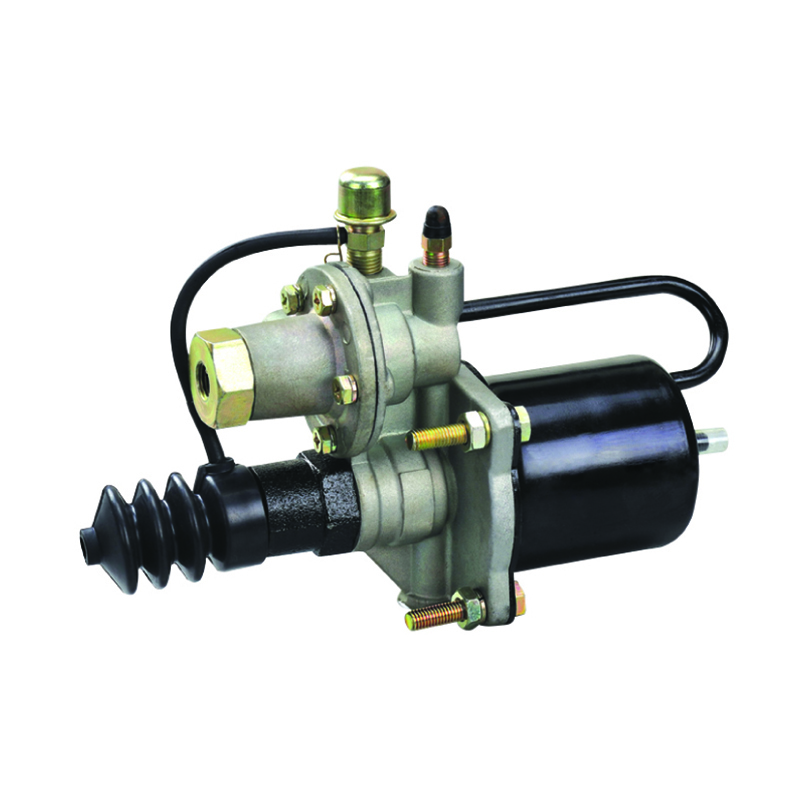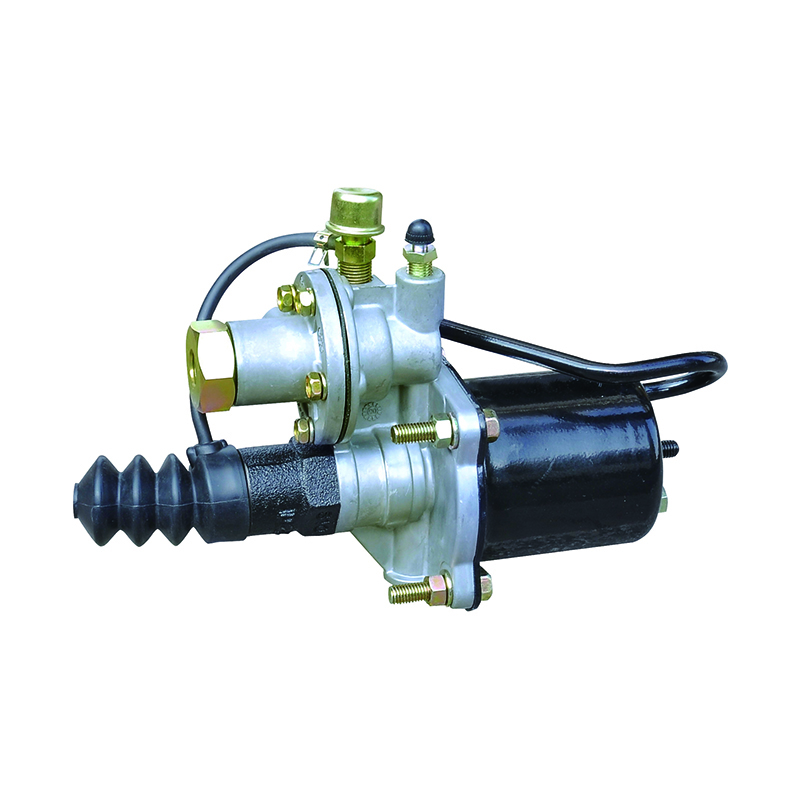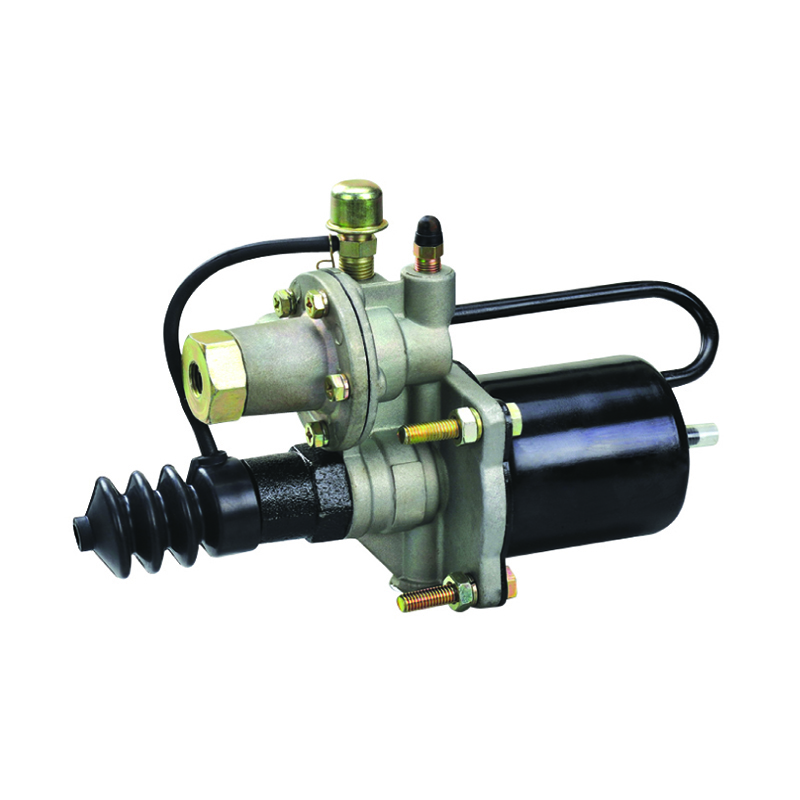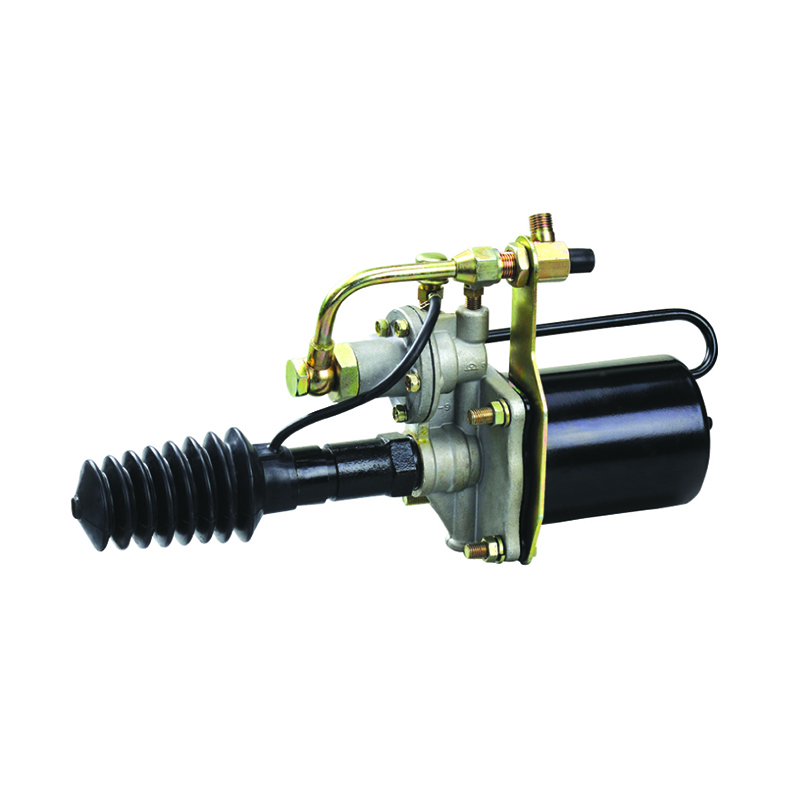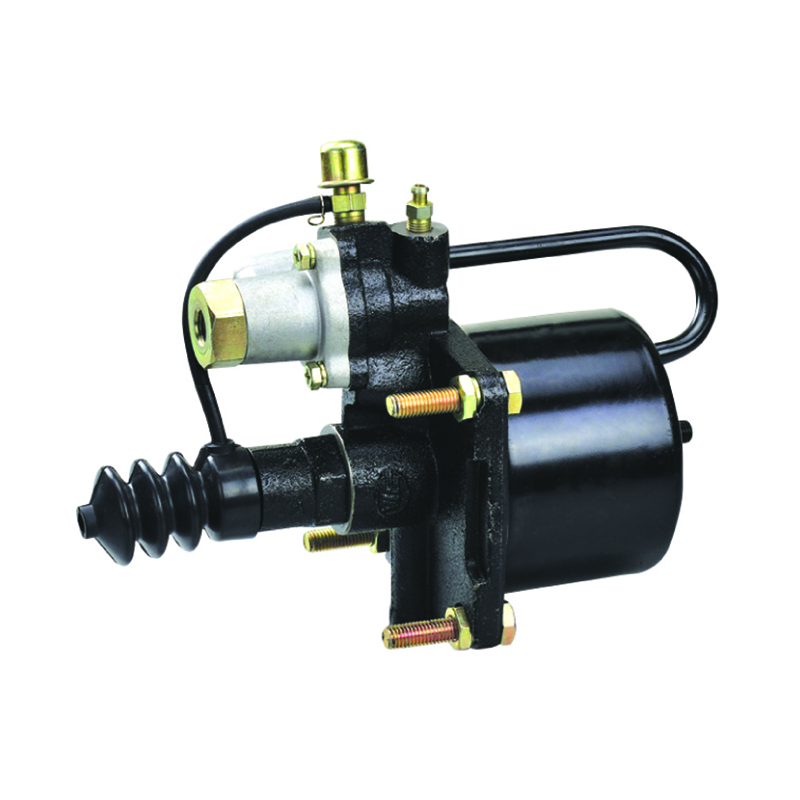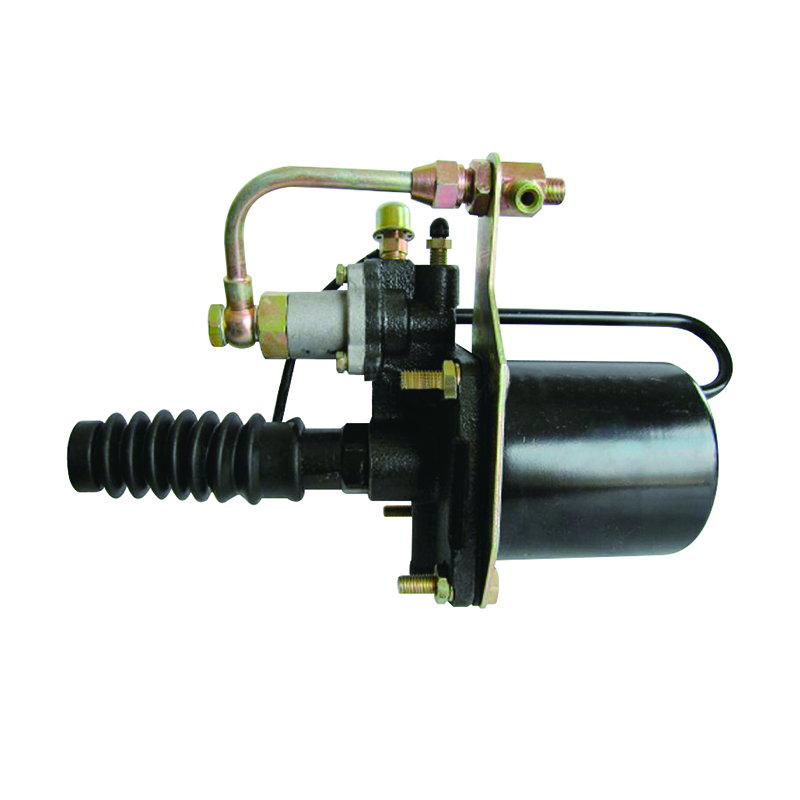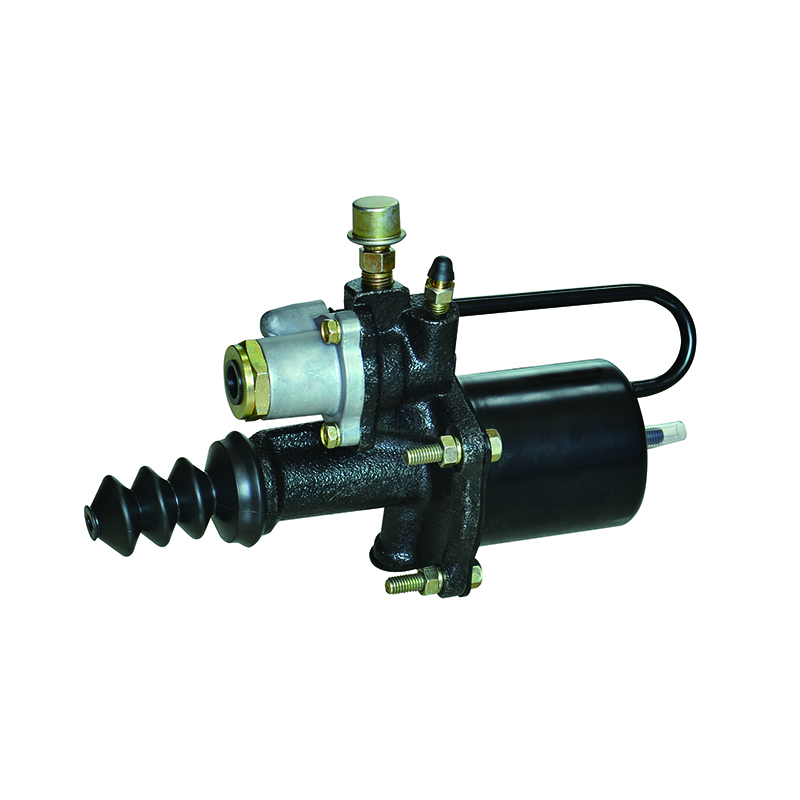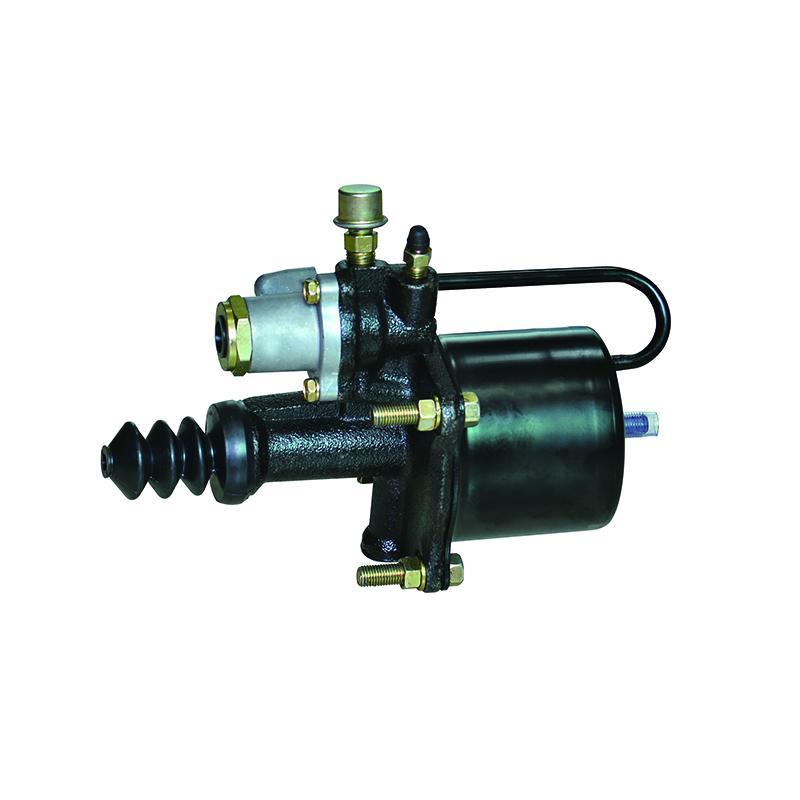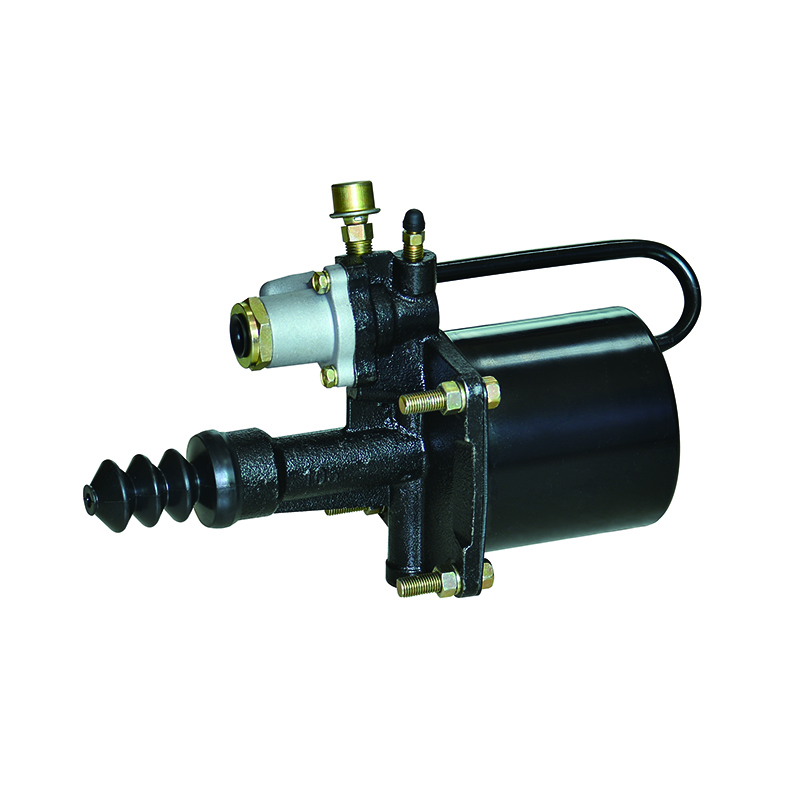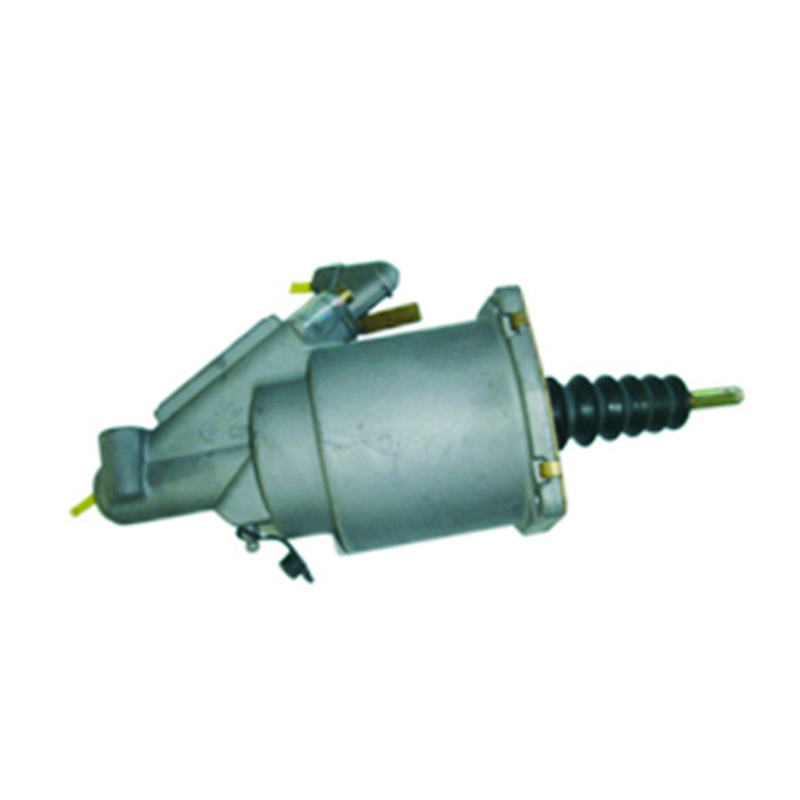For exclusive deals and latest offers, signup by entering your email address below.
Clutch Booster Assembl
Clutch booster means are connected to the pedal and clutch actuating linkage to provide hydraulic boosting force to the clutch in disengagement. The booster means have a piston attached to the linkage that communicates a pressurized fluid behind it when the pedal is depressed. When the pedal is released, the booster means automatically function to exhaust the pressurized fluid and permit the piston to return to the clutch engagement position. Clutch booster means are used in vehicles where high-performance is required.
A hydraulic oil is released by the clutch master cylinder. This hydraulic oil then passes into the clutch booster's inner chamber. The hydraulic pressure is then transferred to the push rod through a relay piston. The push rod then encounters resistance and raises the relay piston. The resulting force actuates the clutch. The hydraulic and air pressure balancing force is equivalent to the pressure generated by the pedal. The pressure in the relay is proportional to the pedal force.
A hydraulic cylinder is the primary part of the clutch booster assembly. It receives pressurized brake fluid from the master cylinder. It acts as a slave cylinder, enabling it to actuate the clutch without the help of air. The air cylinder, on the other hand, consists of an air piston and a push rod. Compressed air is pressed against the piston area to produce boosting force that actuates the clutch.
If your clutch booster is not working properly, it could affect your car's performance. A vehicle clutch booster should be checked at a specialist workshop. It can fail due to a number of reasons, including air entering the hydraulic system, leaking hydraulic fluid, or other issues. However, the most common reasons for clutch booster malfunction are air and hydraulic leakage. If you are unsure about what your particular issue is, a specialist mechanic should check it out.
The piston and housing of a clutch booster define an annular chamber 25 that communicates with the drain conduit. Another annular chamber forms within the booster means. The pressure in the second chamber is selectively pressurized to provide boosting force to input means, which is shown as the reciprocal rod 27 of the pedal linkage. This rod moves the rod 22 of the clutch linkage leftward. The pressure in the hydraulic chamber is approximately 0.495 to 50 psi.
When the pedal is depressed, the hydraulic piston moves to the right. The piston is then stopped by a lift valve. This valve then opens to allow compressed air to enter the power piston. The compressed air forces pushes the clutch release fork and lever backing ring forward. This action enables the pedal to rotate as the vehicle speeds up. This action forces the clutch to engage in the appropriate manner. The hydraulic piston is able to sense changes in pressure and extend under the right-hand side of the pedal.
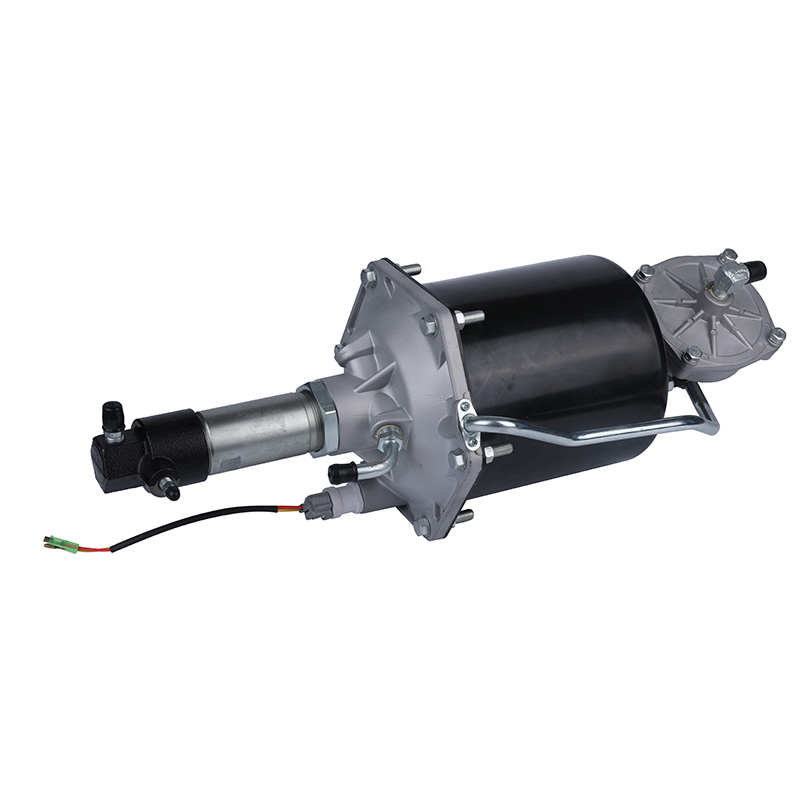

 English
English 中文简体
中文简体
